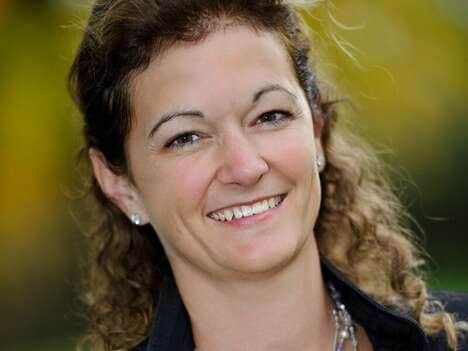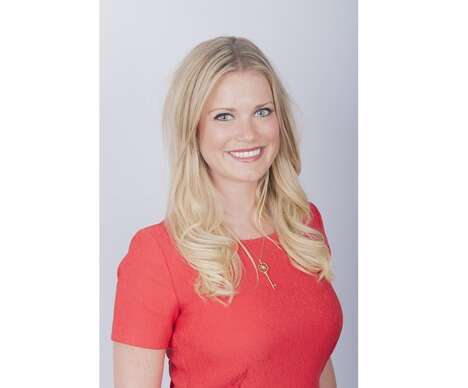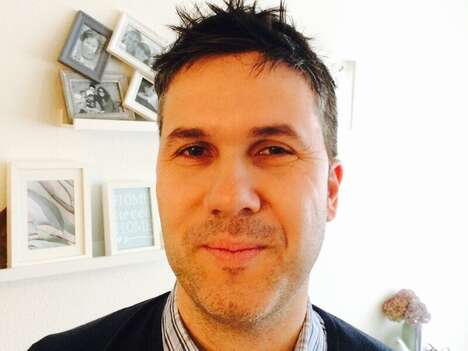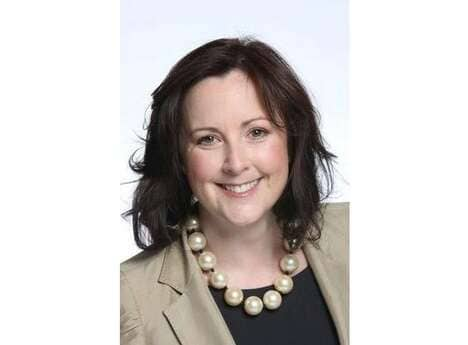Embracing the Future While Honoring the Past
Lisa Ingram, President and CEO at White Castle
 White Castle is an American company that's credited for being the first fast-food chain in the country. Trend Hunter spoke with Lisa Ingram, its President and CEO, to discuss the importance of finding a balance between process and serendipity when it comes to innovation, maintaining diversity, and how longevity impacts business.
White Castle is an American company that's credited for being the first fast-food chain in the country. Trend Hunter spoke with Lisa Ingram, its President and CEO, to discuss the importance of finding a balance between process and serendipity when it comes to innovation, maintaining diversity, and how longevity impacts business. Can you tell us a little about your role as President and CEO at White Castle?
As President and CEO at White Castle, I’m responsible for our three distinct businesses. We have restaurants, which we’re best known for, as well as a retail business, which allows us to sell our products in grocery stores across the United States. Thirdly, we have a manufacturing division, which consists of the plants that manufacture our buns, meat patties, and more. We’ve been around since 1921, when my great grandfather started White Castle in Wichita, Kansas.
How does your team generate great ideas? Do you have certain rituals to make creativity happen?
We do a lot of listening. To our customers, to trends that are prevalent in the industry right now, and we also do a lot of testing. We have different teams that do product and technology innovation. Those teams are really in the heart of making things happen at White Castle, as their findings go through the pipeline and affect how our individual restaurants do things, as well as how we work as a business. We’re always looking for new ways to be more efficient and effective, without sacrificing the quality of our products, or without negatively affecting team interactions throughout the company.
What are some barriers to innovation? How do you get around them?
I think that the biggest barrier is trying to find the right balance between process and serendipity. Innovation can come from having very rigorous processes in place, but that’s mostly incremental innovation -- which is important to large corporations. On top of that, there’s serendipitous interactions that don’t necessarily have anything to do with our business directly, but they open up space for innovative thinking, that can lead to something bigger down the road. It’s important to find a balance between these to keep innovative thoughts flowing, and also to make time for it.
How do you identify trends? What resources does your team use to spot trends and insights?
We do a lot of listening to our customers and what’s going on in the industry. Within the restaurant industry specifically, there’s a lot of companies that provide consumer research, which we use to stay on top. In addition, a lot of our suppliers will provide us with relevant information that helps us to see where things are going.
It’s important to look outside of our immediate industry as well. We look to convenience and grocery stores to see what’s going on in different spaces. We also look at Amazon and the retail segment -- there's a lot of similarities between the retail and restaurant industries. We were one of the first QSRs that came out with an app that allowed our consumers to order online and access nutritional information -- so that’s a great example of how retail has influenced us. We’ve also seen the kiosks that have been used at grocery stores make their way into the restaurant industry.
What are some examples of things you can do to create a culture of innovation?
We talk about our wins and our losses, and we’re able to learn a lot from the latter, as doing so enables us to see where we can improve so we can then take the necessary steps to ensure that the same error isn’t made again.
We’ve also tried to focus on putting people from different areas together. We’ve found that teams like this are able to come up with some really innovative ideas that an individual in a specific department might not be able to come up with on their own.
76% of White Castle’s General Managers are female, do you find that having this gender diversity influences your innovation process?
Absolutely. We try to focus on maintaining a level of ethnic diversity, as well as gender diversity. I think that doing so enables us to stay in tune with our customers, as our team members reflect our customer base more closely.
We also have a lot of longevity with our team members. One in four of our general managers has been with White Castle for 10 years or more, which is quite unusual in the restaurant industry. Out of our 450 restaurant leadership positions, 444 of them started behind the counter and worked their way up.
Our longevity and diversity helps us to stay connected to the communities we operate in, and to the customers we’re serving.
What do you think your industry will look like in 5-10 years?
I think there’s going to be massive change in our industry, specifically to how customers see and receive food. It will be a lot less about physical space, and more about customization. It will be imperative for restaurants to figure out how to get food to their customers wherever and whenever, and this will dramatically change our industry.
When you think about QSRs in particular, about 70% of the business goes to the drive-through, so it will be really interesting to see how this will be transformed with the evolution of autonomous cars as well.
Do you see a close connection to regional and global trends at White Castle?
When we look at food trends, we definitely notice that there are connections between trends across the world and regionally. It’s important to have a variety of products so that you have a greater range of appeal amongst customers. We’ve expanded our menu a lot over the years, and this is largely due to the impact of regional trends, as well as overall global trends.
Since White Castle has been around since 1921, and has stayed in the same family since it started, have you noticed a connection between current and historical trends?
For sure. We talk a lot about how to embrace the future while honoring our past. We have this amazing 96-year-old history that we certainly recognize, as it’s been such a massive part of our success.
At the same time, having such an extensive past doesn’t mean that we’re going to operate in the same way six years or so down the road. We try to think of what elements of our history are really going to carry us forward, and what elements we need to evolve so we can ensure our success in the future.
What’s the most unconventional thing you have done to get creative inspiration?
A lot of my creative thoughts come from running. I run half marathons and have completed one full marathon. It clears my mind completely and allows me to think differently. For me, it can really lead to innovative thinking because you’re in a space and place that truly provides the luxury of having time to go deep on the thoughts you’re most interested in pursuing.
References: whitecastle
Featured Articles

Consistently Searching for Creative Ideas
Sr Director of Marketing at IMAGEN Brands, Jenny Straub

Sparking Tastes and Trends
Kelli Heinz, Director of Marketing at Bell Flavors & Fragrances

Breaking Out of Fixed Mindsets
Suzanne Zimny, Head of Innovation at Vimto

From Risk to Reward
Alexandre Bastos, Global Director of Innovation at Givaudan

Creating Connected Experiences
Nancy Hutson, Corporate VP of Events & Entertainment at SeaWorld

Diving Deep in Innovation
Ciara Dilley, Senior Director of Global Snacks Innovation at PepsiCo

Tracking Consumer Differences
Elizabeth Mata Sanderson, VP of Strategy & Insights at Univision

The Energy to Innovate
Elaine Robinson, Innovation Programme Manager at Electric Ireland

Cultivating Creative Ideas
Joe Lamb, Founder of Bouncy Castle London PR